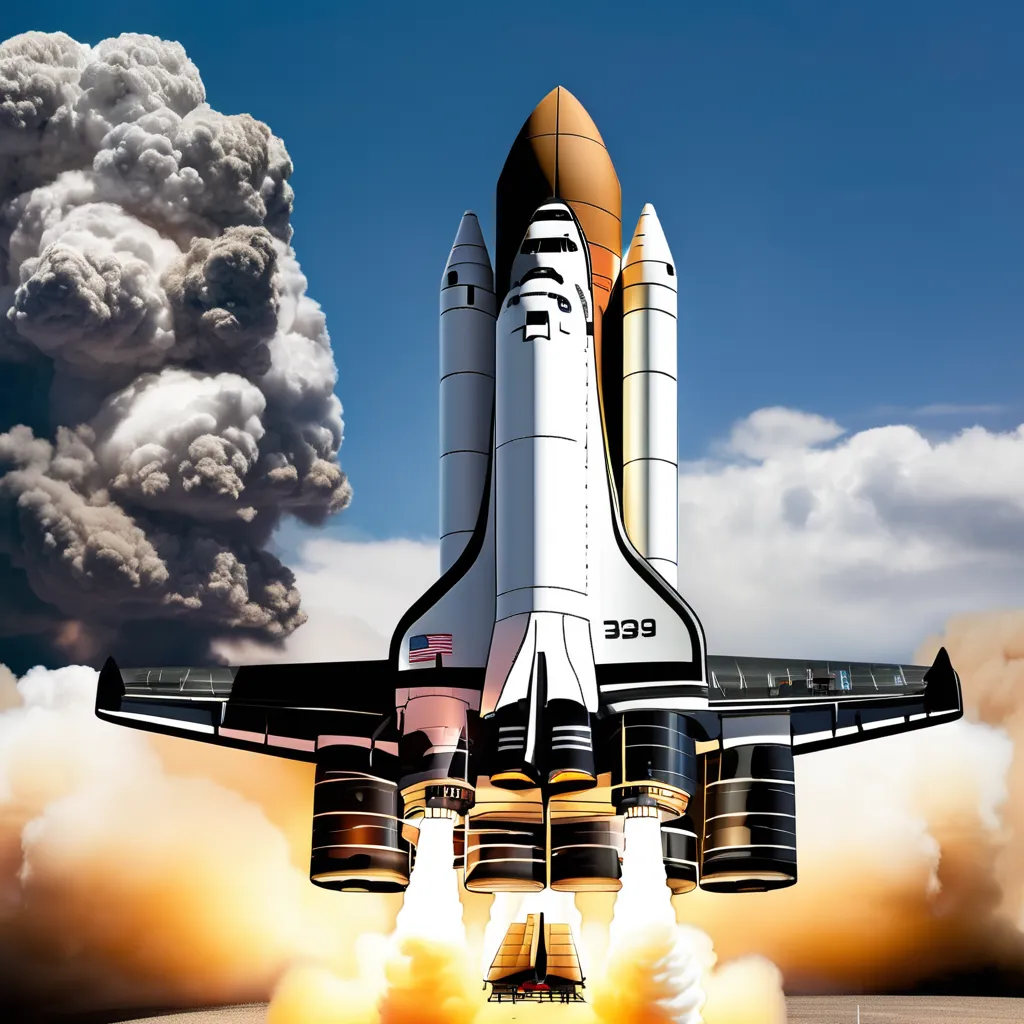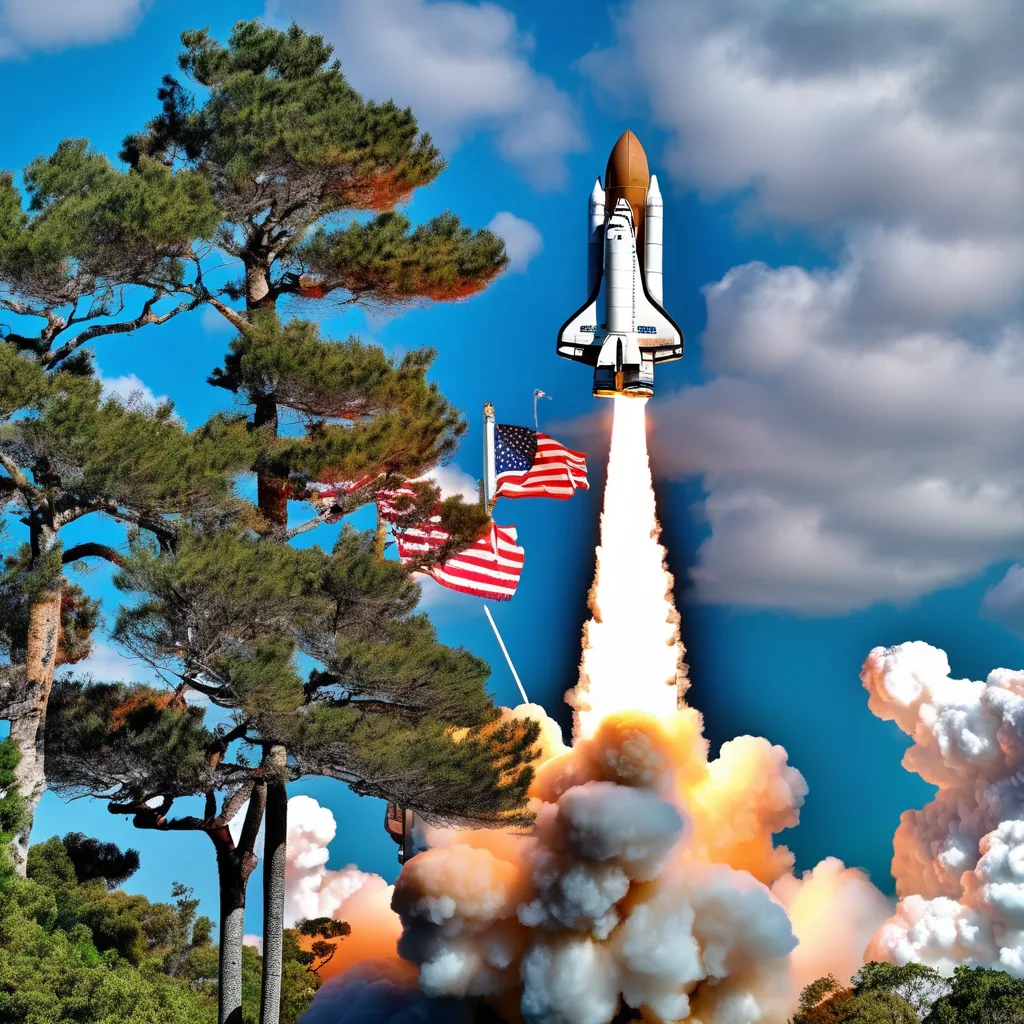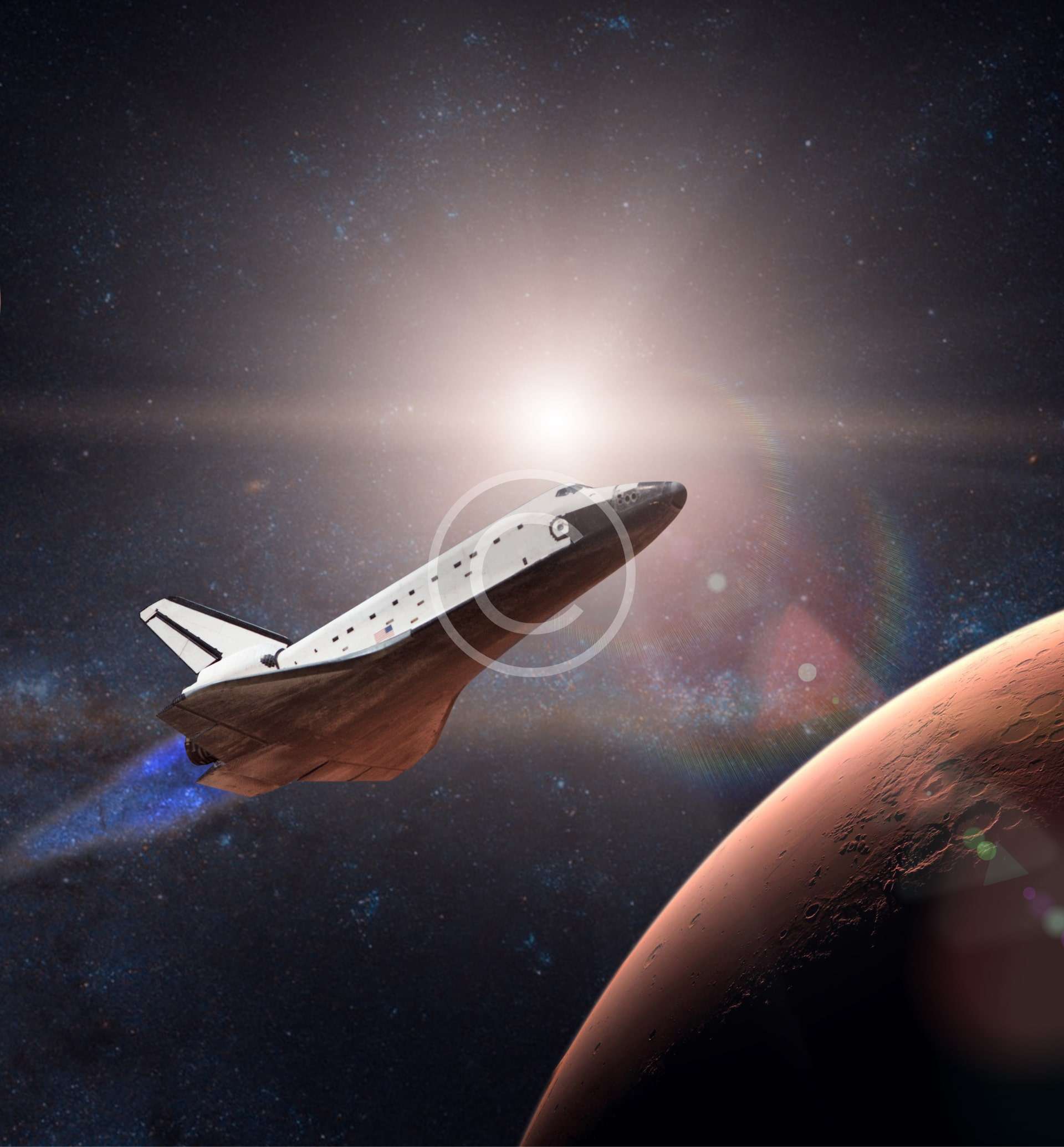What is the Space Shuttle?
The Space Shuttle was a groundbreaking spacecraft developed by NASA to revolutionize space exploration. As the first reusable spacecraft, it was designed to transport astronauts and cargo to and from low Earth orbit. Operational between 1981 and 2011, the Space Shuttle enabled significant scientific advancements and technological achievements.


The Design and Structure of the Space Shuttle
Main Components
Solid Rocket Boosters (SRBs): Delivered the initial thrust to escape Earth’s gravity.
Orbiter: The primary spacecraft that carried astronauts and payloads.
External Tank (ET): Provided the fuel needed for the Shuttle’s launch.
The innovative design allowed the Shuttle to operate as both a rocket and an airplane, capable of re-entering Earth’s atmosphere and landing on a runway.
The History of the Space Shuttle Program
Development and Goals The Space Shuttle program, officially known as the Space Transportation System (STS), was initiated to create a cost-effective, reusable spacecraft. Its goals included:
- Frequent and reliable access to space.
- Supporting the construction of space stations.
- Advancing scientific research in orbit.
Key Milestones
- First Flight: STS-1, with the Shuttle Columbia, launched on April 12, 1981.
- Notable Missions: Deployment of the Hubble Space Telescope (1990) and assembly of the International Space Station (ISS).
- Final Mission: STS-135 with Atlantis in July 2011, marking the end of the program.

Achievements of the Space Shuttle
- Scientific Contributions: Enabled the deployment and maintenance of key instruments like the Hubble Space Telescope.
- Space Station Construction: Played a pivotal role in building the ISS, a landmark in international collaboration.
- Spacewalks and Research: Facilitated hundreds of hours of spacewalks and advanced research in microgravity environments.
Challenges and Tragedies
While the Space Shuttle program achieved remarkable successes, it also faced significant challenges:
- Challenger Disaster (1986): An SRB failure led to the loss of seven astronauts shortly after launch.
- Columbia Disaster (2003): Damage to the Shuttle’s thermal protection system caused its disintegration upon re-entry, resulting in the loss of another seven astronauts.
These tragedies underscored the inherent risks of human space exploration and led to safety improvements.
The Legacy of the Space Shuttle
Although retired, the Space Shuttle program’s legacy endures:
- Technological Innovation: Its development paved the way for future reusable spacecraft, such as SpaceX’s Falcon 9.
- Inspirational Impact: The program inspired generations of scientists, engineers, and explorers.
- Continuing Exploration: Knowledge gained from the Space Shuttle informs current and future space missions.
Conclusion
The Space Shuttle was more than just a spacecraft; it was a symbol of human ingenuity and ambition. Its 30-year history demonstrated the potential of reusable space technology, advanced our understanding of the universe, and laid the groundwork for the next era of space exploration.
General Information About the Space Shuttle
- NASA: Space Shuttle Overview: https://www.nasa.gov/mission_pages/shuttle/main/index.html
(Provides detailed information about the Space Shuttle program, its history, and missions.)
Design and Technology
- NASA: Space Shuttle Basics: https://www.nasa.gov/centers/kennedy/shuttleoperations/index.html
(Explains the components and operational aspects of the Space Shuttle.)
Notable Missions
- Hubble Space Telescope Deployment: https://www.nasa.gov/mission_pages/hubble/
(Covers the deployment and servicing of Hubble by Space Shuttle missions.) - International Space Station (ISS) Assembly: https://www.nasa.gov/mission_pages/station/main/index.html
(Details the Shuttle’s role in building the ISS.)
Tragedies and Lessons Learned
- Challenger Disaster Report: https://history.nasa.gov/rogersrep/genindex.htm
(Full text of the Rogers Commission report on the Challenger disaster.) - Columbia Accident Investigation Board: https://www.nasa.gov/columbia/home/CAIB_Vol1.html
(Insights into the Columbia tragedy and recommendations for future safety measures.)
Legacy and Future
- The Space Shuttle’s Legacy: https://www.nasa.gov/space-shuttle-legacy
(Focuses on the long-lasting impact of the program.) - Reusable Spacecraft and SpaceX: https://www.spacex.com/vehicles/falcon-9/
(Highlights how the Space Shuttle influenced modern reusable rockets like Falcon 9.)


